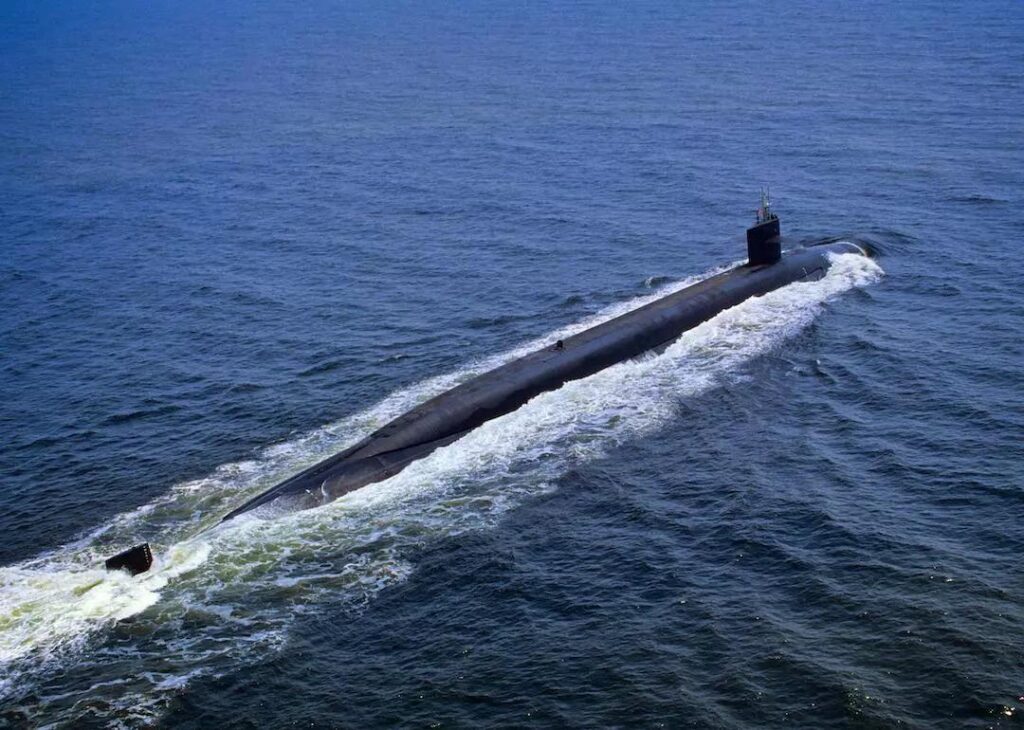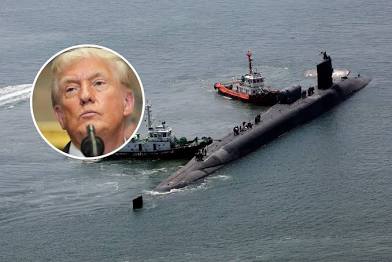
US President Donald Trump said Friday he was ordering two US Navy nuclear submarines to “appropriate regions,” in response to remarks by Dmitry Medvedev, Russia’s former president and current deputy chairman of its Security Council.
In what he called an effort to be “prepared,” Trump said in a Truth Social post that he had “ordered two Nuclear Submarines to be positioned in the appropriate regions, just in case these foolish and inflammatory statements are more than just that.”
The president did not specify what type of submarines were being moved or where to, and the Pentagon usually reveals little about any of its subs’ movements.
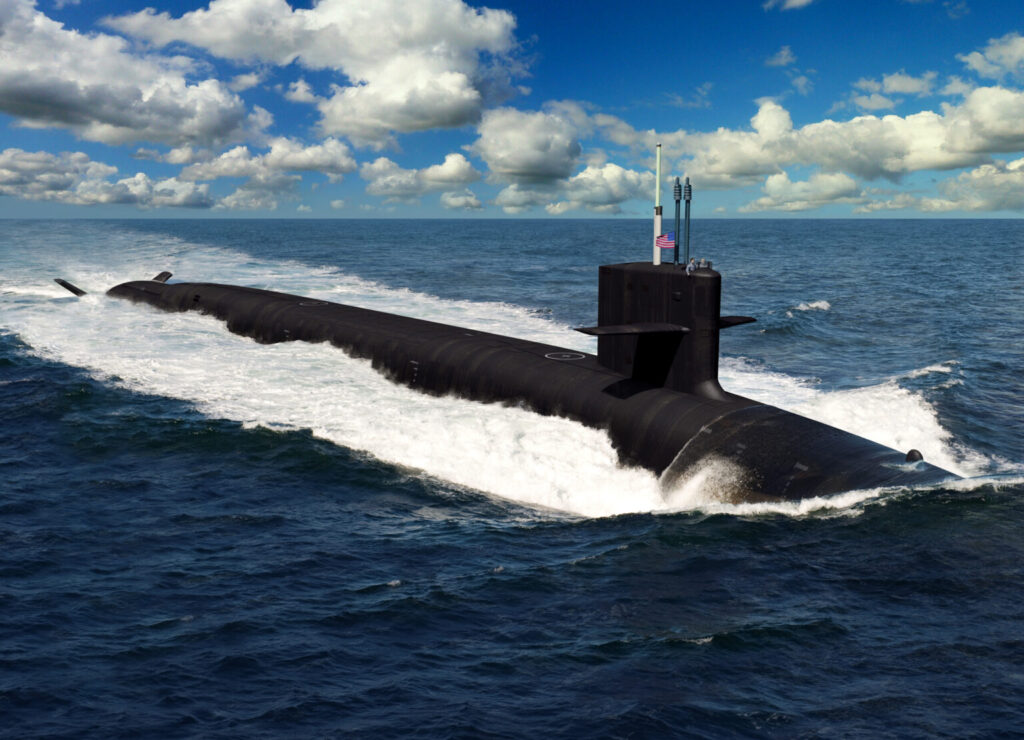
WASHINGTON (March 6, 2019) An artist rendering of the future Columbia-class ballistic missile submarines. The 12 submarines of the Columbia class are a shipbuilding priority and will replace the Ohio-class submarines reaching maximum extended service life. The Columbia-class Program Executive Office is on track to begin construction with USS Columbia (SSBN 826) in fiscal year 2021, deliver in fiscal year 2028, and on patrol in 2031
. (U.S. Navy illustration/Released)
The US Navy has three types of submarines, all of which are nuclear-powered, but only one of which carries nuclear weapons. Here’s a look at the US submarine fleet:
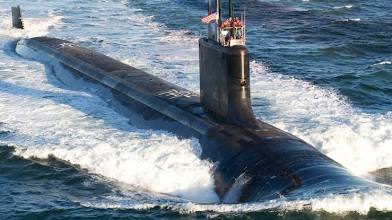
Ballistic-missile submarines
The US Navy has 14 Ohio-class ballistic-missile submarines (SSBNs), often referred to as “boomers.”
SSBNs “are designed specifically for stealth and the precise delivery of nuclear warheads,” a Navy fact sheet on them says.
Retaining the same overall specs as the boomers, the SSGNs carry Tomahawk cruise missiles instead of the Trident ballistic missiles.
Each can carry 154 Tomahawks with a high-explosive warhead of up to 1,000 pounds, and a range of about 1,000 miles.
They can also transport troops, who can be clandestinely deployed from lockout chambers in former ballistic-missile tubes, according to the Navy.
Movements of the SSGNs are also highly classified, but in recent years the Navy made occasional note of their presence near military hotspots, to send a message of deterrence.
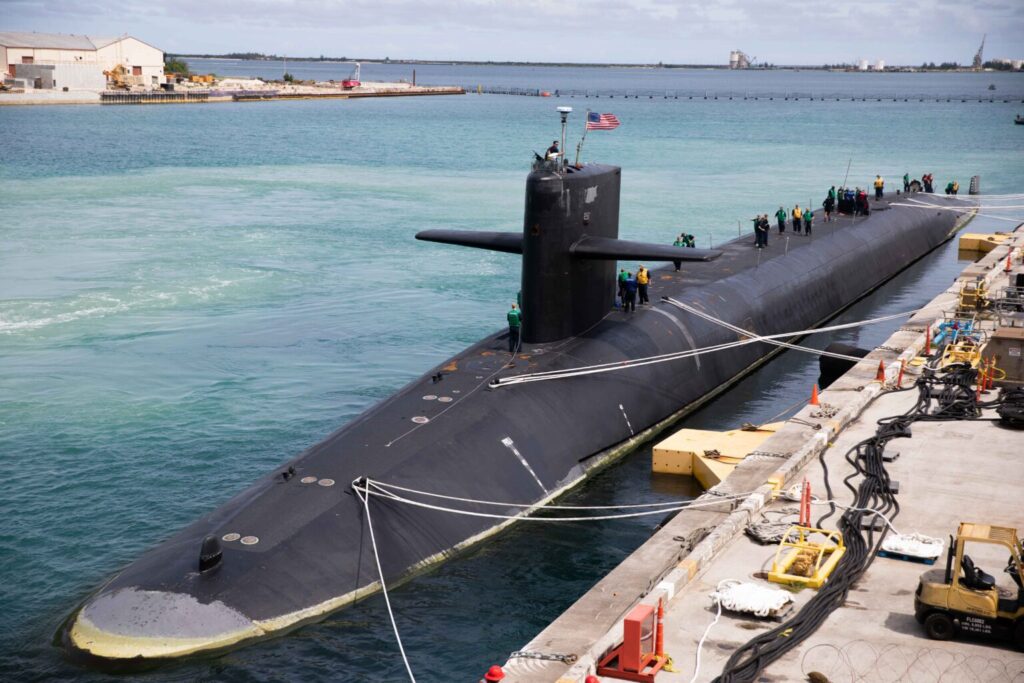
Fast-attack submarines
These form the bulk of the US Navy’s submarine fleet and are designed to hunt and destroy enemy subs and surface ships with torpedoes. They can also strike land-based targets with Tomahawk missiles, though they carry the Tomahawks in much smaller numbers than the SSGNs.
